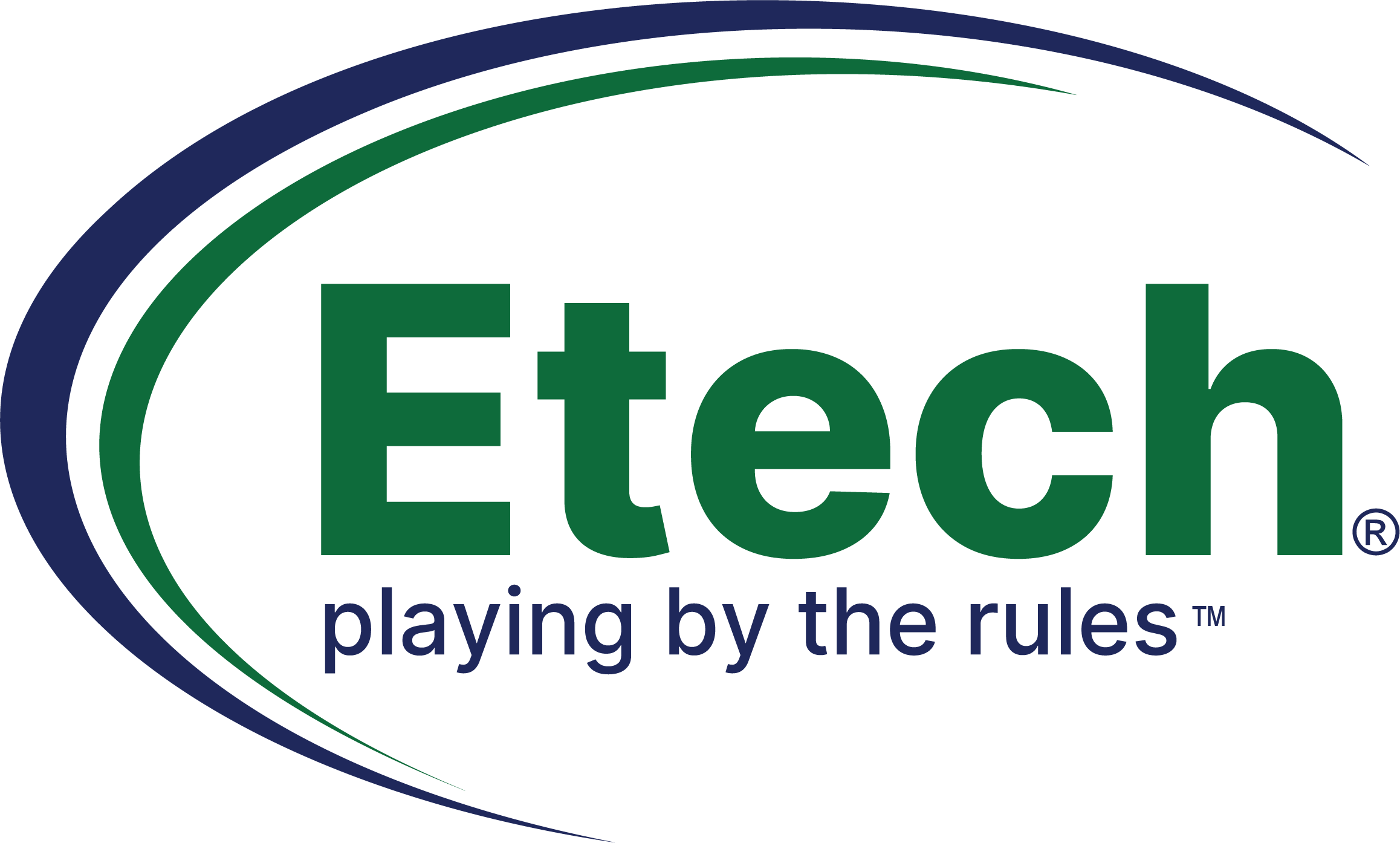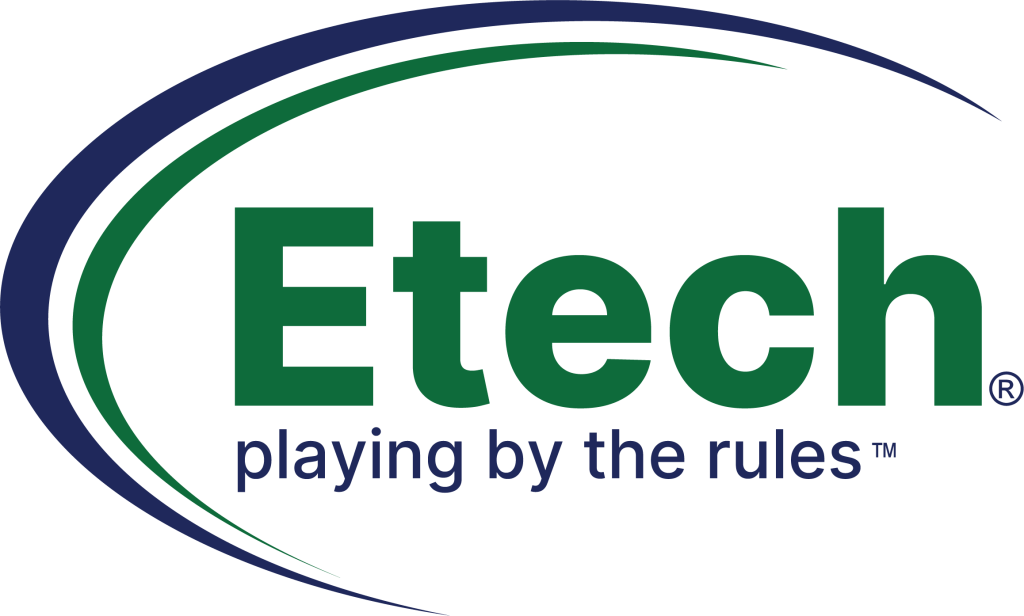How to measure call center agent execution exclusively?
Call centers have turned into the fast developing business in various nations due to the requirement for the mass hiring of employees. For instance, many outsourcing companies suit upwards of two hundred representatives in one center. One may state this is all because of its outsourcing nature wherein the call center is excited in taking care of the request of its clients branching out to various aspects and levels of businesses of all sizes. It is troublesome, if not impossible, to reasonably score and measures individual call center agents in light of the call center agent’s performance. It is additionally not a good thought because there is a high danger of compensating underperformers and demotivating the top performers. Further, if the call center is understaffed or not staffed properly for the target service level – both elements absolutely out of the call center agent’s control – the service level won’t be met. Call center measurements are best when they are connected to drive individual performance to help accomplish a common objective. An illustration would be that a call center agent can’t control service level, yet he or she can manage their timetable adherence, which directly adds to the group’s ability to meet process service levels. Call quality and scheduled adherence are both great metric for measuring individual employee performance. Call centers agent performers have their own order of Key Performance Indicators (KPI) that managers can use to decide the achievement of their operations. Below we will audit the common call center KPIs. Keep in mind, though, that the key management issue is not what these numbers are, but instead what you do with them. Call Center KPIs There are various KPIs that a call center can oversee. Recorded below are a portion of the regular ones, with short descriptions. Time to Answer To what extent does it take for an agent to answer an incoming call? Abandon Rate What percentages of the calls are lost before they can be answered? Call Handling Time To what extent does it takes the agent to complete the call? First Call Resolution What rates of calls are resolved in a single call? Transfer Rate What rate of calls must be transferred to another person to complete? Idle Time What amount of time does an agent spend after the completion of a call to complete the business from that call? Hold Time What amount of time does the agent keep the caller on hold during the call? Call Center Agent KPI Notwithstanding, the metrics above, which can be precisely measured by an Automatic Call Distributor (ACD) telephone system, many call centers utilize Quality Monitoring programs to gauge agent performance against fewer objective metrics, for example, the following. Phone Etiquette How did the caller or the observer rate the agent’s conduct or the call? Knowledge and Professionalism How did the caller or the observer rate the agent’s learning of the item or services being offered or the methods to follow to resolve the caller’s issue? Adherence to Procedures How well did the observer decide the agent did in following the script if there is one, or different techniques determined by the company for dealing with calls and callers? A call center resembles any other business in the sense that it quantifies its performance the way traditional businesses measure theirs. For the most part, performance measures include the comparison of cost against revenues. The higher the real profit margin, the more efficient the company should be. On account of call centers, a significant part of the performance assessment will concentrate on cost per call metrics; while in others, in a manufactory company, for instance, product unit cost metrics will be the most applicable. Call centers normally will be exceptionally worried about what amount is spent on calls in comparison to real revenues produced. Per call cost, keeping in mind the end goal to be an effective measure of call center performance, will be made out of phone bills displayed by telecommunication service providers, the cost of equipment, and different services. Amusingly, these costs account for just a little rate of aggregate per call cost. Work costs, which incorporate worker compensation, paid incentives, and advantages account for a powerful 67%, the greatest element influencing profitability or performance proportions. There is no denying the way that benefits are a definitive measure of business performance and call centers, to diminish per call costs and raise their performance levels, need to take a look at their labor costs intently. Call centers are very much aware of this, and this is the reason a considerable lot of them are falling back on outsourcing to the third world and emerging nations. One approach to eliminate labor expenses is to raise labor performance. This implies expanding call center agent time. Increasing the quantity of calls a call center agent makes in an hour or day can create more business and ought to diminish the rate of work costs to per call cost. This plan is a continuous practice in some call centers. Some even put daily quotas to augment time and agent use. Nonetheless, this plan has certain pitfalls and is just a single of many schemes that call centers use on raising performance. One of the disadvantages of keeping up many customers might be low quality of calls, as agents actually would be pressured to make more calls to meet their quotas. However, this can be remedied by steady coaching. Concentrating on the call center agents is a sound strategy of raising general center and individual productivity and enhancing performance, in spite of the fact that, of course, on account of the last mentioned, the nature of calls must be figured. Obviously, the issues postured by per call cost metrics as a technique for measuring call center performance are sufficiently profound to compel call centers to resort to outsourcing in nations where labor expenses are relatively lower. The number of call centers


